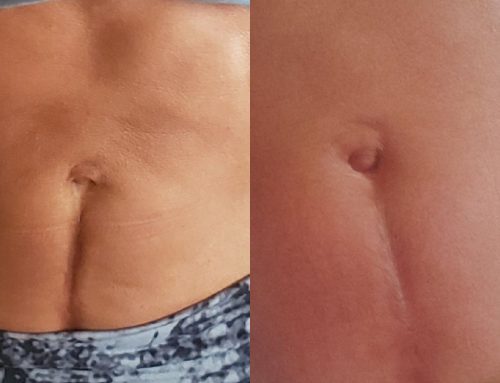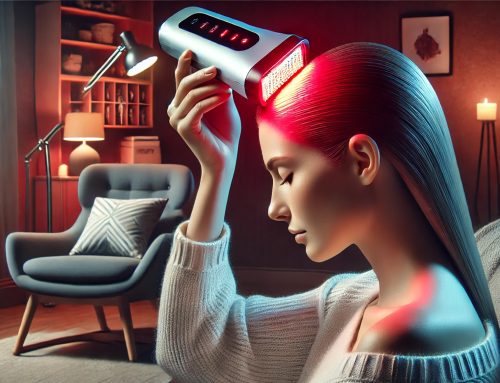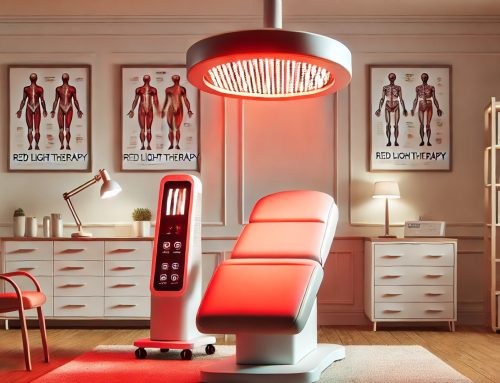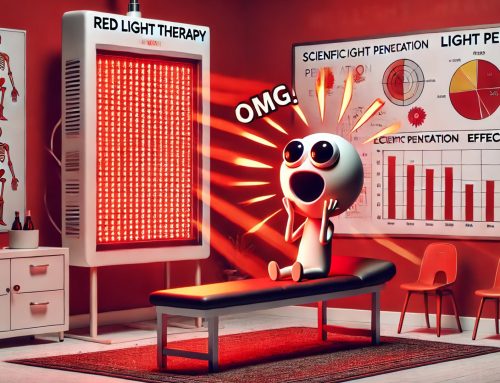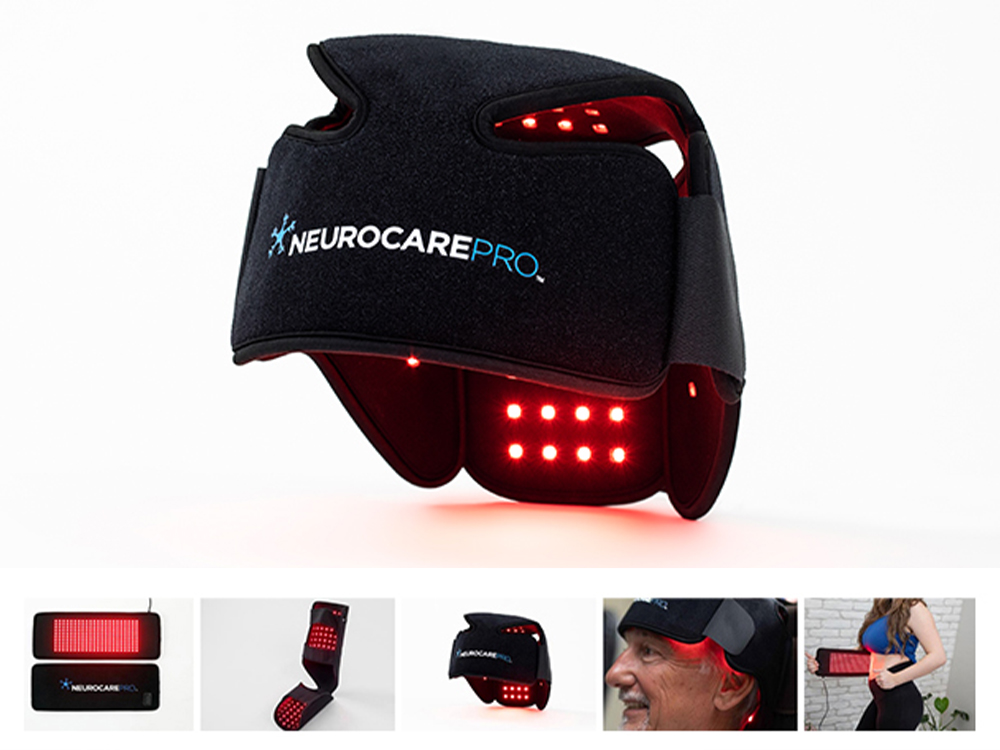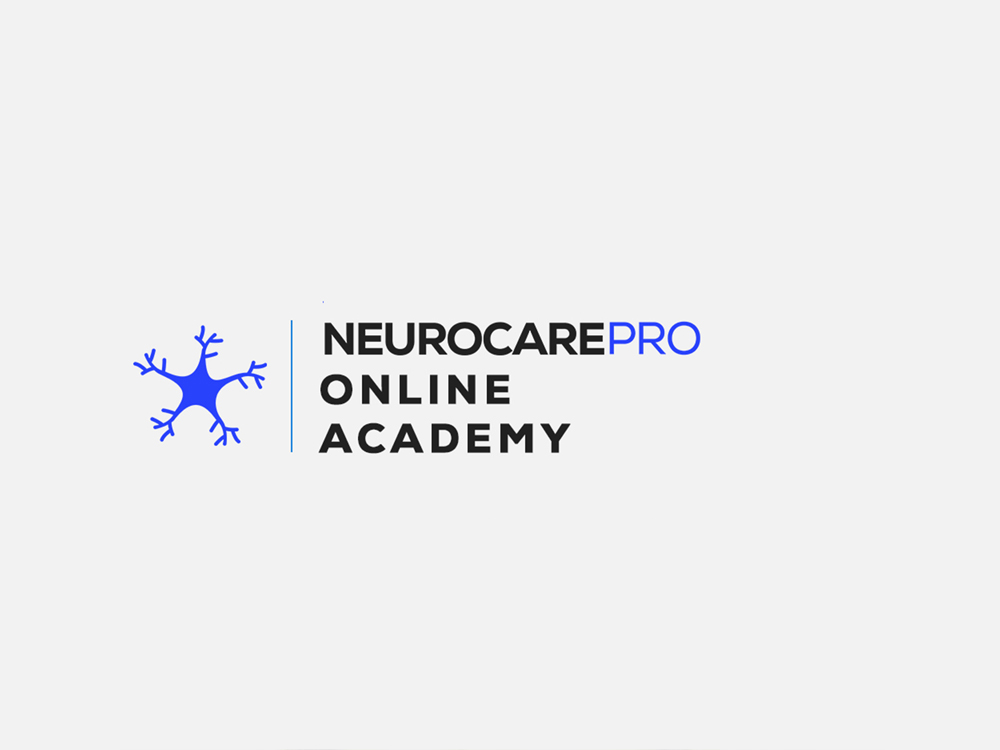In a groundbreaking study from the University of Birmingham, researchers have pioneered a novel approach to treat spinal cord injuries (SCI) using red and near-infrared light therapy. This innovative method, known as photobiomodulation (PBM), has shown remarkable potential in promoting nerve repair and regeneration directly at the injury site.
The Science of Photobiomodulation
Photobiomodulation utilizes specific wavelengths of light to penetrate tissue and stimulate cellular repair processes. The therapy primarily targets mitochondria within the cells, enhancing their function to increase the production of adenosine triphosphate (ATP), the energy currency of the cell. This boost in ATP production is crucial as it activates various cellular mechanisms that aid in reducing inflammation, preventing cell death, and promoting regeneration.
 Breakthroughs in Treatment Efficacy
Breakthroughs in Treatment Efficacy
The University of Birmingham’s research has successfully determined the optimal “dose” of red light needed to achieve significant therapeutic benefits. Delivering light at a wavelength of 660nm for one minute per day has been shown to increase cell viability by 45% over five days, significantly enhancing the survival and growth of nerve cells. These findings not only highlight the neuroprotective qualities of the therapy but also its ability to stimulate neuroregeneration.
Dual Delivery Methods
Researchers explored two methods of delivering this therapy: an implantable device and transcutaneous delivery. Both methods proved effective, showing reduced tissue scarring and significant functional recovery in preclinical models of SCI. This dual approach allows for flexibility in treatment, catering to different needs and conditions of patients.
The Future of SCI Treatment
With these promising results, the team is now focusing on developing an implantable device that can be used in human trials. This device would allow for precise, targeted therapy directly at the injury site, potentially transforming the standard care for spinal cord injuries. The ultimate goal is to integrate this therapy into surgical procedures, providing a multifaceted approach to SCI treatment by not only stabilizing the spinal injury but also activating repair mechanisms at the cellular level.
Expanding the Application of PBM
The implications of photobiomodulation extend beyond spinal cord injuries. Its efficacy in reducing inflammation and promoting cellular regeneration positions it as a potential treatment for a variety of neurological diseases, including Parkinson’s disease and conditions involving chronic inflammation.
Looking Ahead
The University of Birmingham’s pioneering work paves the way for new therapeutic strategies in the treatment of not only spinal cord injuries but also broader neurological conditions. As research progresses, the potential for commercial partnerships and clinical trials offers hope for bringing this innovative therapy to patients, potentially improving outcomes and quality of life for millions affected by neurological injuries and disorders.
This study represents a significant milestone in medical research and offers a beacon of hope for those affected by spinal cord injuries. The ongoing development and clinical trials will no doubt provide crucial data that will help refine and validate the use of photobiomodulation in medical practice. For more detailed insights into this groundbreaking research, you can access the full study in the journal Bioengineering and Translational Medicine.





 Breakthroughs in Treatment Efficacy
Breakthroughs in Treatment Efficacy